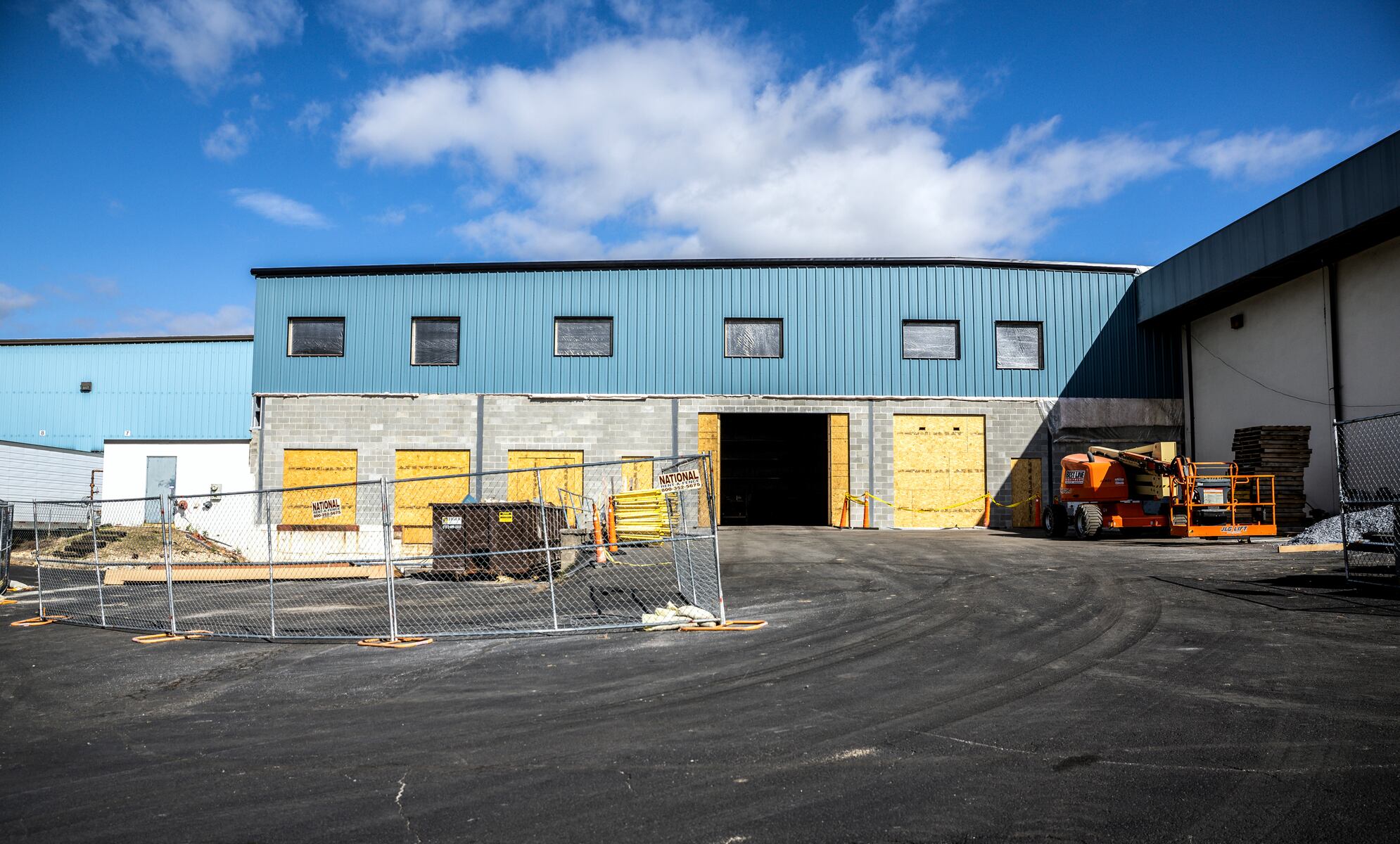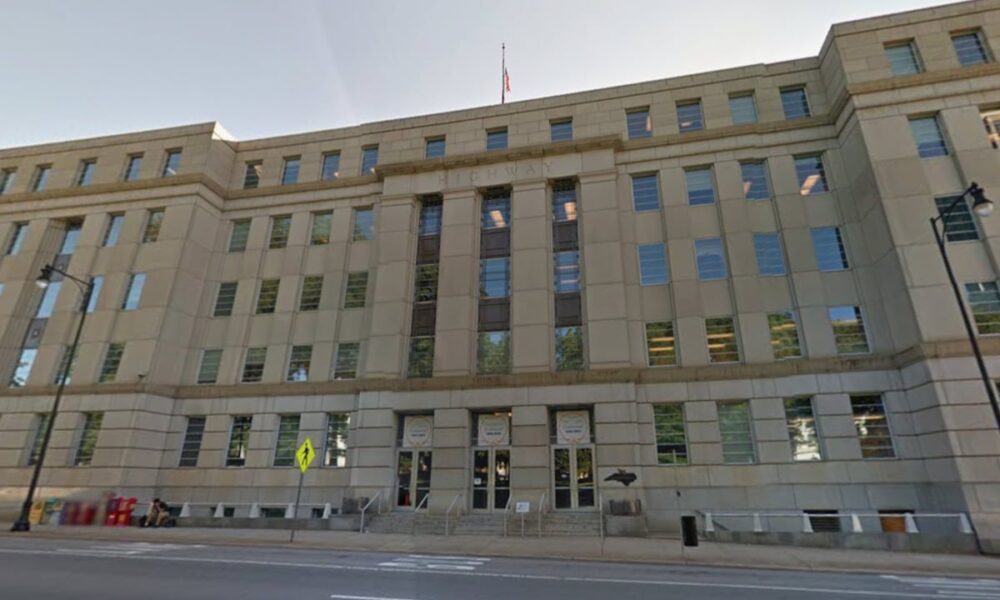UPDATE: The construction industry in Pennsylvania is experiencing an alarming slowdown, with business dropping significantly over the past year. Greg Harris, owner of G.P. Harris Construction, Inc. in Jonestown, reported a drastic decline in major home remodeling inquiries, reflecting a nationwide trend as spending on construction contracts falls.
Harris stated, “Through 2023 we were extremely busy, and then it just seemed to be [people] lost the confidence to spend large amounts of money.” Many homeowners are now prioritizing essential repairs over cosmetic upgrades, a shift that underscores the current economic climate. The slowdown coincides with skyrocketing housing prices, which reached a median of $299,900 in September 2024, up 3.4% from the previous year, according to the Association of Pennsylvania Realtors.
The decline in construction jobs is stark: for the first time since 2021, fewer than half of U.S. metro areas added construction jobs between August 2024 and August 2025. Ken Simonson, chief economist for the Associated General Contractors of America, noted, “Construction employment has stalled or retreated in more and more areas as owners pull back on projects in the face of higher costs.”
This downturn is felt across both commercial and residential sectors, although residential construction did see a slight increase of over 5% in July, reaching an annualized rate of 1.4 million homes. However, Brian Miller, a designer for EXCEL Remodeling in Lemoyne, shared that his company’s project backlog has significantly diminished, particularly for high-cost kitchen remodels and additions. “It’s been challenging, to say the least. We’re not hurting, but we are definitely behind from what we were last year,” he said.
Harris remarked on the unprecedented nature of this slowdown, stating, “Even in 2008, when the housing bubble burst, that affected new construction dramatically, but as a remodeling contractor we grew through that period.” The current landscape, he adds, feels entirely different.
The situation is compounded by higher interest rates, inflation, and ongoing economic uncertainty. A Bankrate report indicates that the benchmark 5-year $30,000 home equity loan now has an interest rate of approximately 8.13%, a discouraging factor for homeowners looking to finance renovations. “People don’t want to spend money on home improvement projects, mostly because of economic uncertainty,” Miller explained.
In response to these challenges, Harris, who is also the incoming president of the Pennsylvania Builders Association, is advocating for streamlined building permit processes to alleviate delays. Municipalities control the permitting process, which varies significantly and complicates project timelines.
The construction slowdown is also being linked to external factors such as tariffs and geopolitical concerns. For instance, tariffs on timber imports and kitchen cabinets have contributed to rising costs, with Harris noting prices have surged 18% year-over-year since 2020. He remarked, “In my opinion, we got to a point where the excessive funds dried up and people couldn’t swallow that price increase.”
Looking ahead, industry experts like Mike Klinepeter, president of Pyramid Construction, predict that 2026 will mirror the current year in terms of project initiation delays, exacerbated by challenges such as the federal government shutdown affecting funding for many construction projects.
While the outlook appears bleak, Harris remains hopeful for recovery. “They say 2026 is going to be a good year in the remodeling world. Hopefully, the interest rates come down,” he concluded.
As the construction industry grapples with these urgent challenges, homeowners and builders alike await further developments, feeling the weight of rising costs and uncertainty in the market.






